Jews didn’t cause Hurricane Milton, but kind of did control the weather in biblical times
As flash floods threaten St. Petersburg, Florida, we consider Noah, the ark and how Jews pray for rain
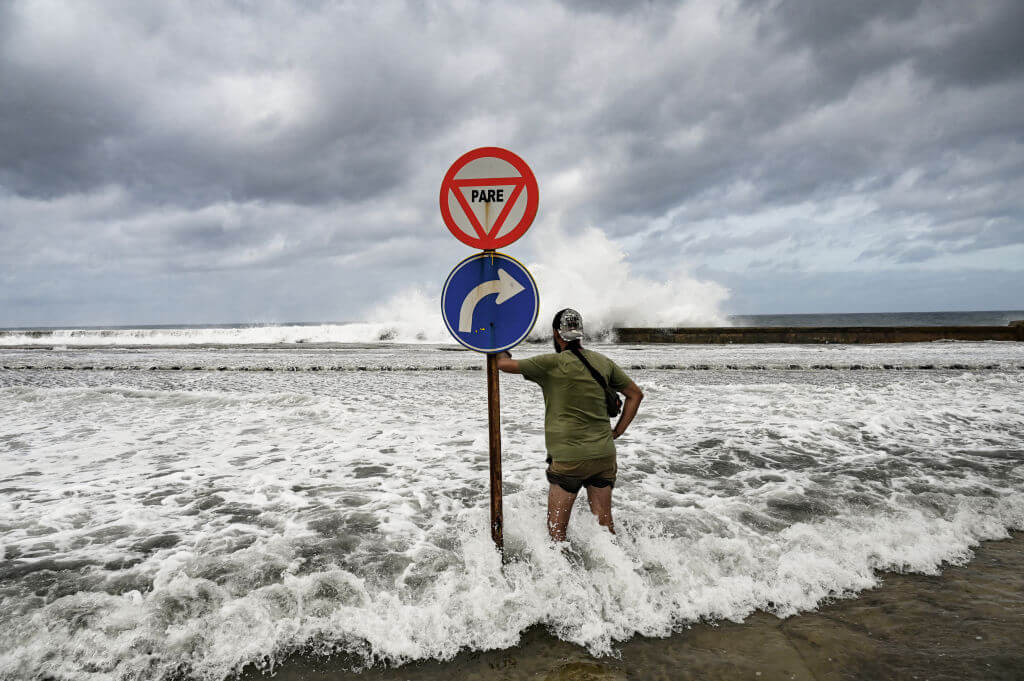
As flash floods threaten St. Petersburg, Florida, we consider Noah, the ark and how Jews pray for rain
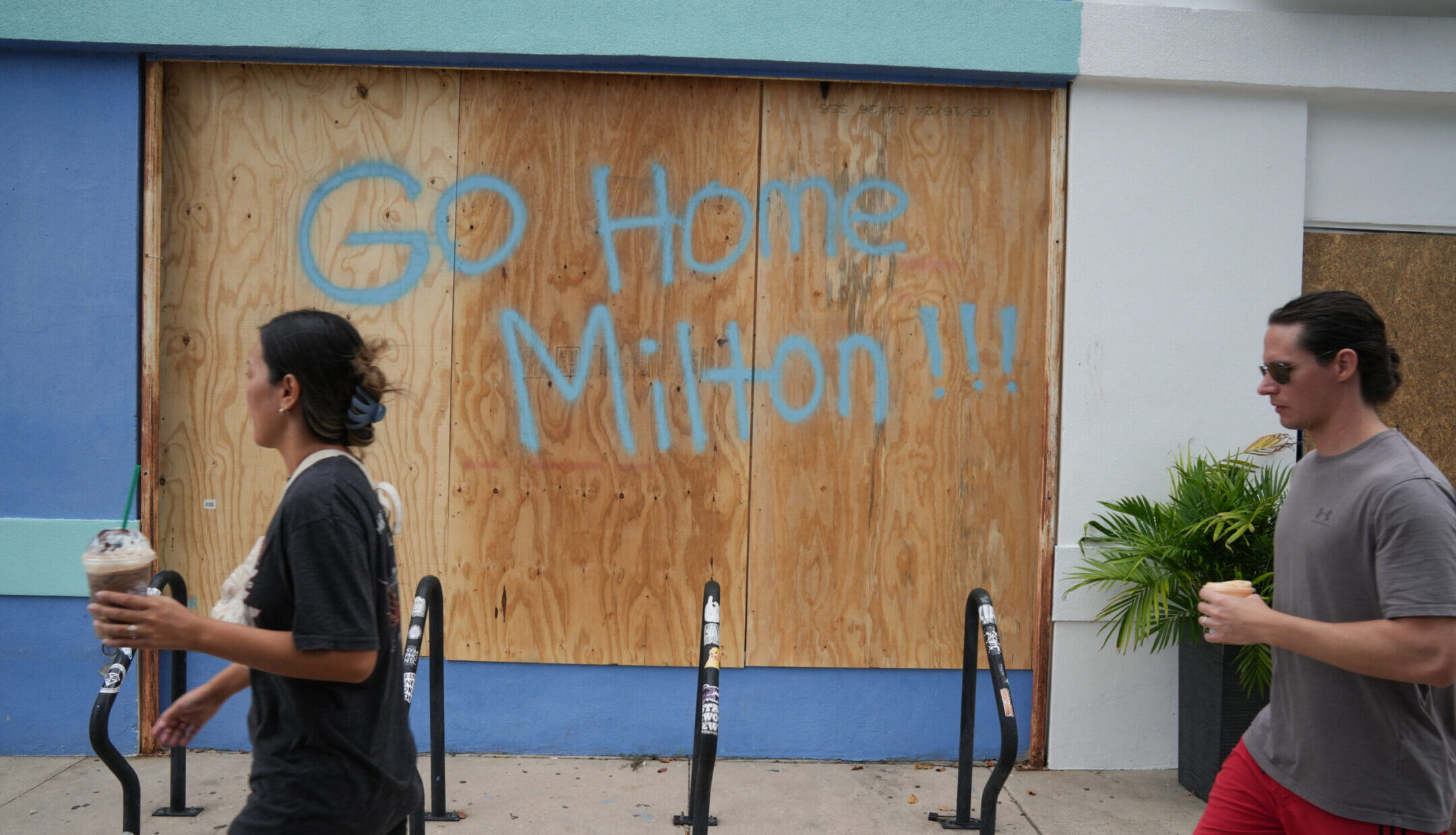
The Category 5 storm comes close on the heels of Helene, which caused catastrophic damage in the region and beyond
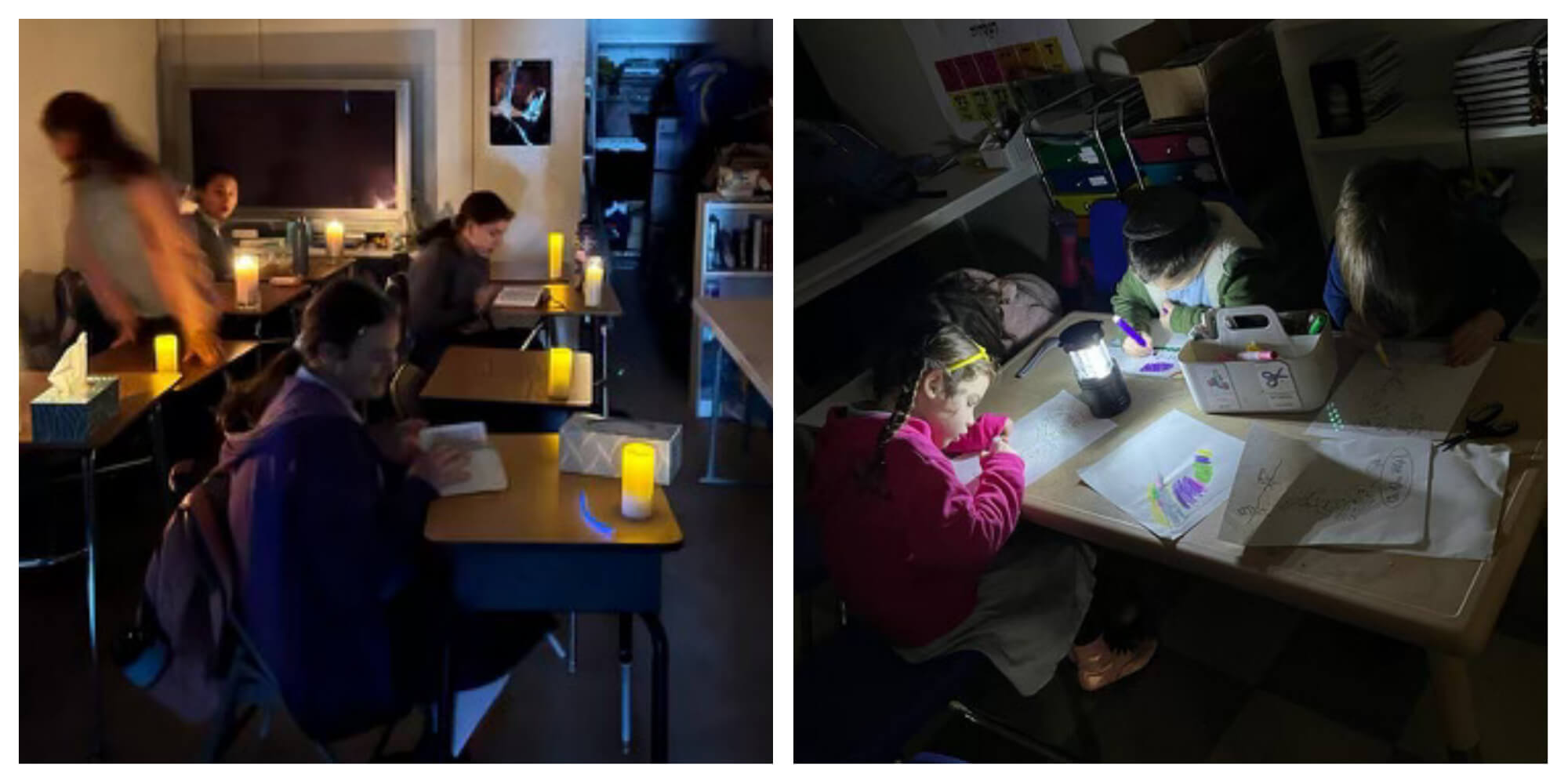
Plus: Can you help ID these cute Israelis?
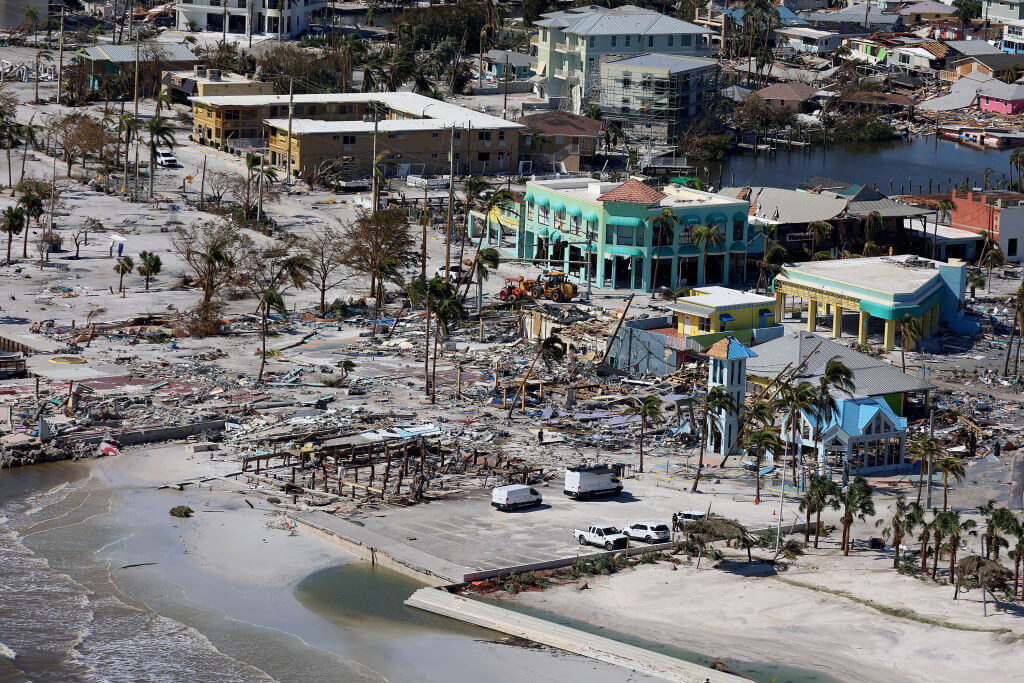
'It’s pretty awful out there,' said Rabbi Bruce Diamond, watching the hurricane rage outside his Fort Myers home
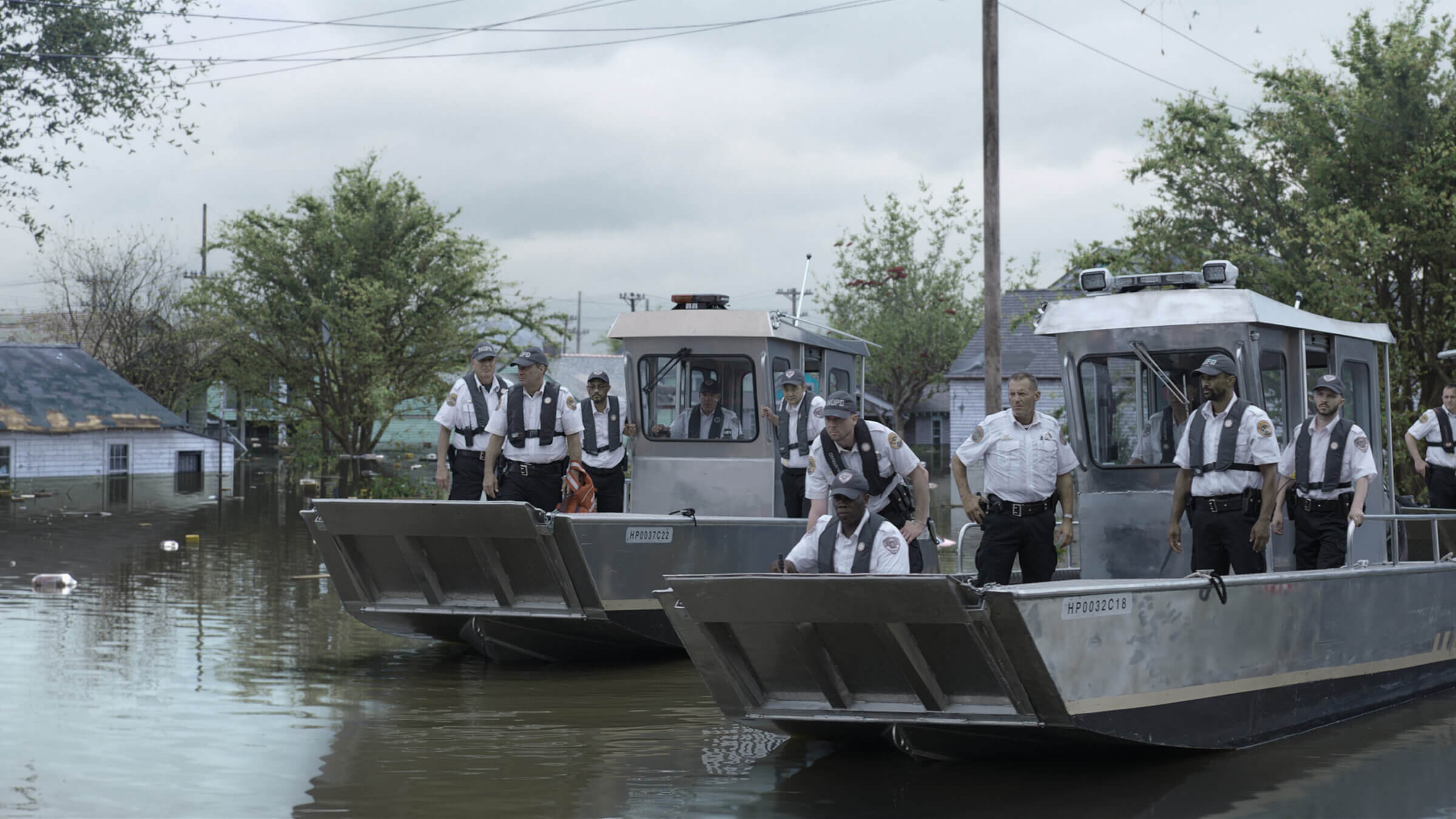
'Five Days at Memorial,' a grueling new series from Apple TV+, explores grim choices at a waterlogged hospital.
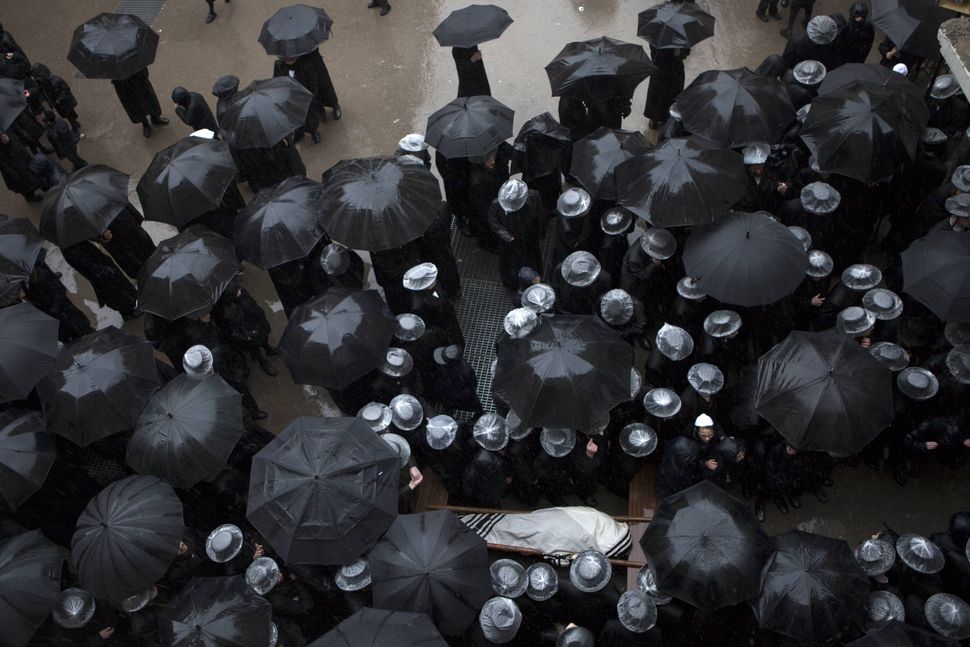
Trayon White, a Washington, D.C. council member, made a comment this weekend that suggested that a powerful Jewish family controls the weather. In a video that White posted on social media and later deleted, the lawmaker urged viewers to “pay attention” to “climate manipulation.” He said that the city of Washington DC is accustomed to…

As many Jewish Houstonians leave their homes for the relative safety of emergency facilities, the rabbi of Texas’ oldest Jewish community is staying put. His congregants — and their synagogue — need him. Congregation Beth Israel’s sanctuary is is filled with three feet of murky water, Rabbi David Lyon told the Forward. Founded in 1854,…

The stormy weather continued on Monday across Israel, with snow falling in Jerusalem, Gush Etzion and Mount Hermon. On Mount Hermon, some 19 inches of snow have accumulated at the lower station of the ski slope cable car. The site was, however, still closed to visitors. Plows were working to clear the routes in the…
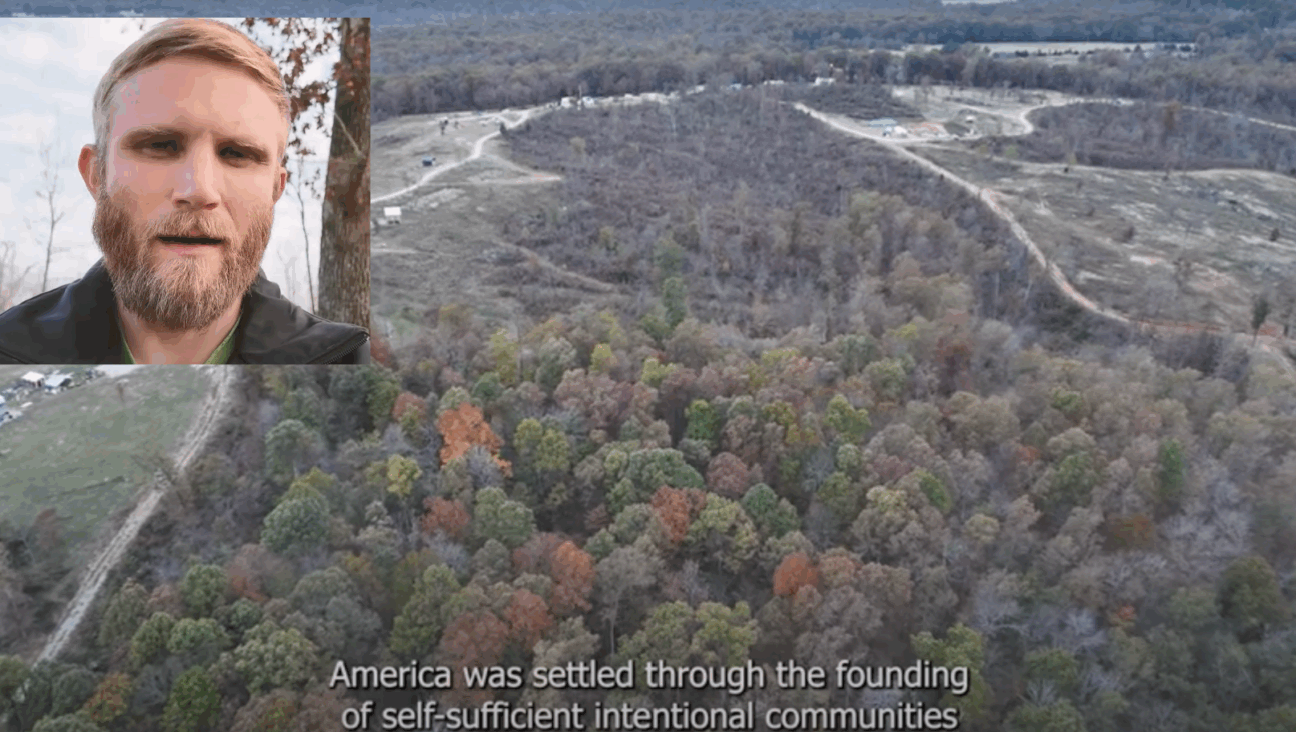
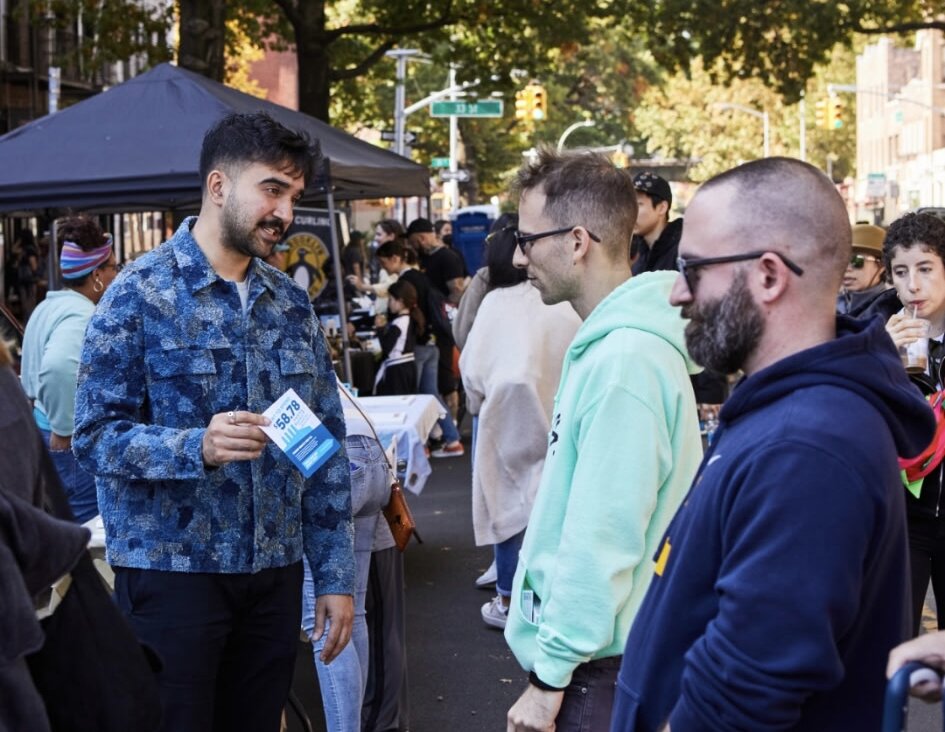

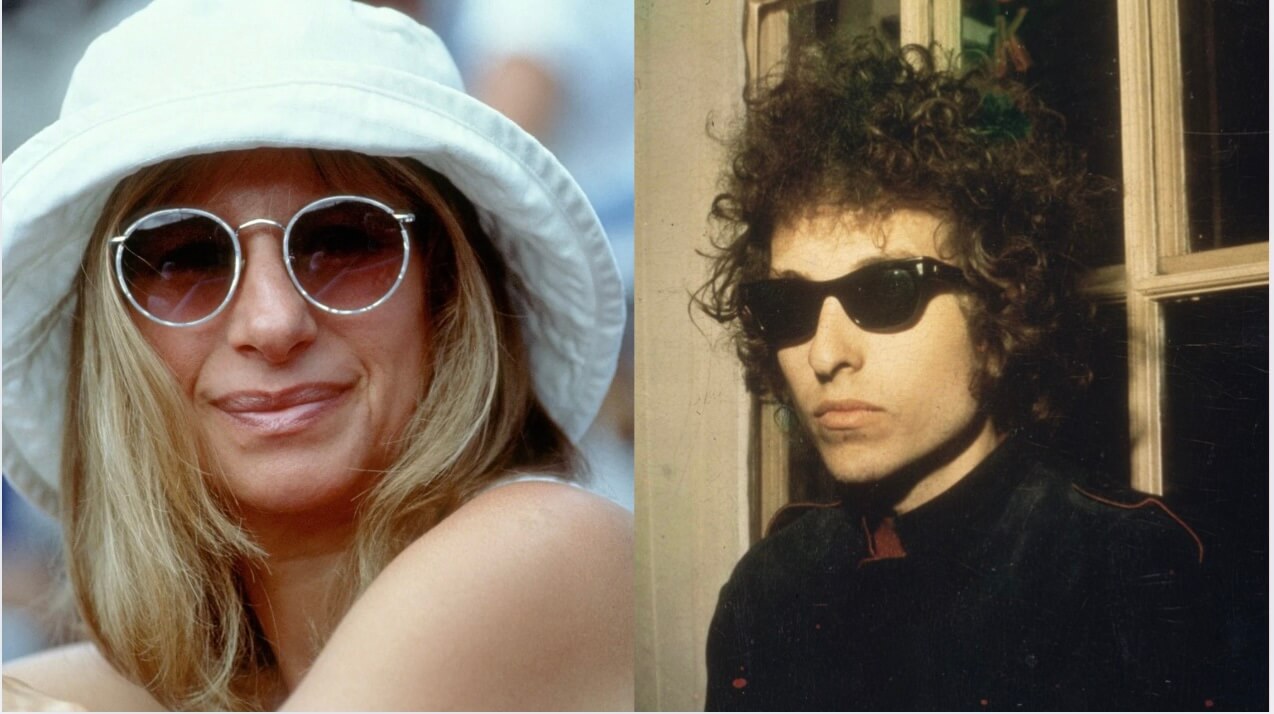
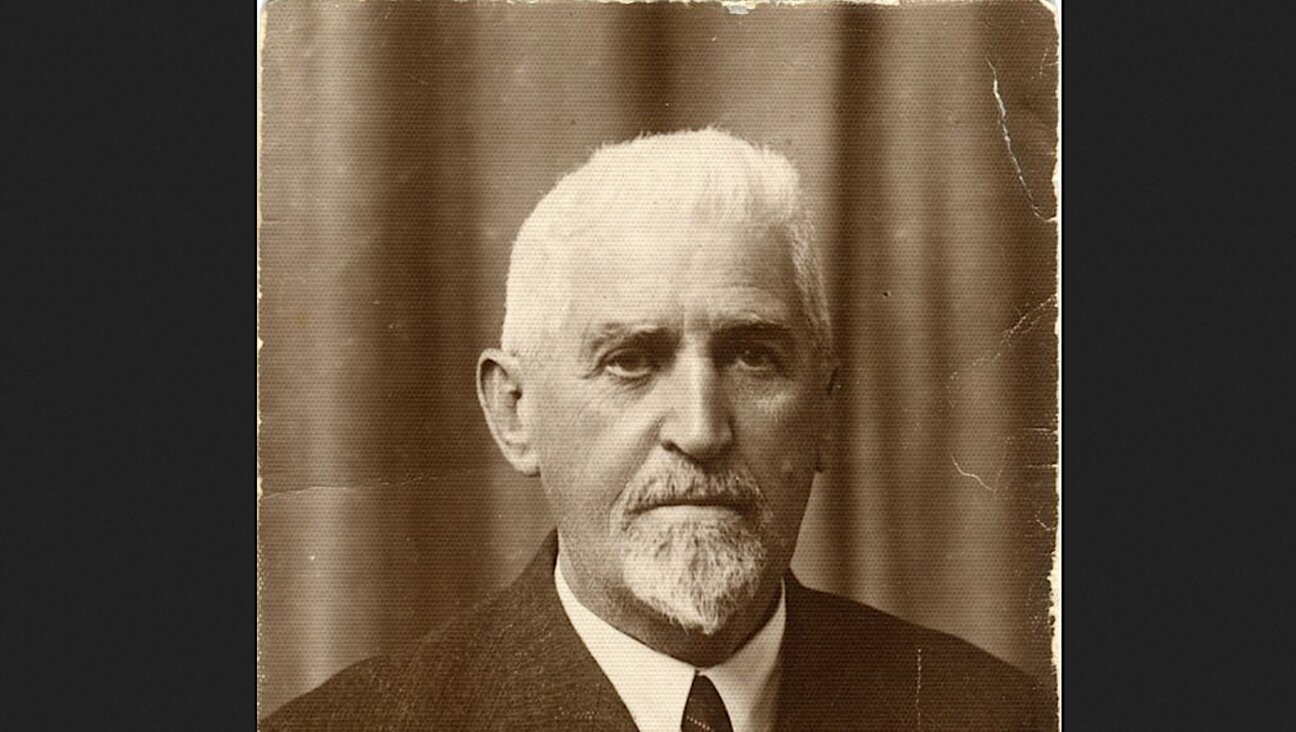
די ווילנער דאָקטוירים יעקבֿ וויגאָדסקי און צמח שאַבאַד זענען אויך געווען געזעלשאַפֿטלעכע טוער.
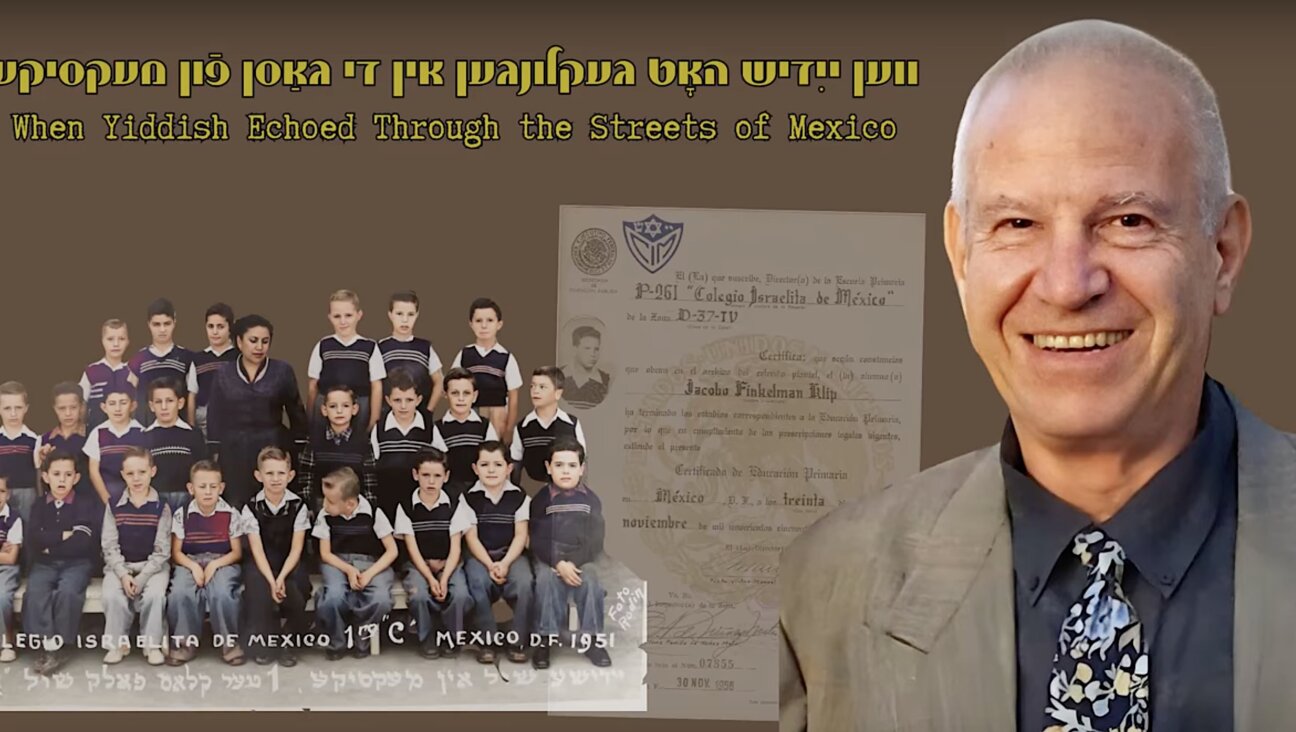
יעקבֿ פֿינקלמאַן באַשרײַבט אויך זײַן לאַנגיאָריקן פֿאַך — ווי ער האָט צוגעשטעלט וויסן אין טעלעקאָמוניקאַציע איבער דער וועלט
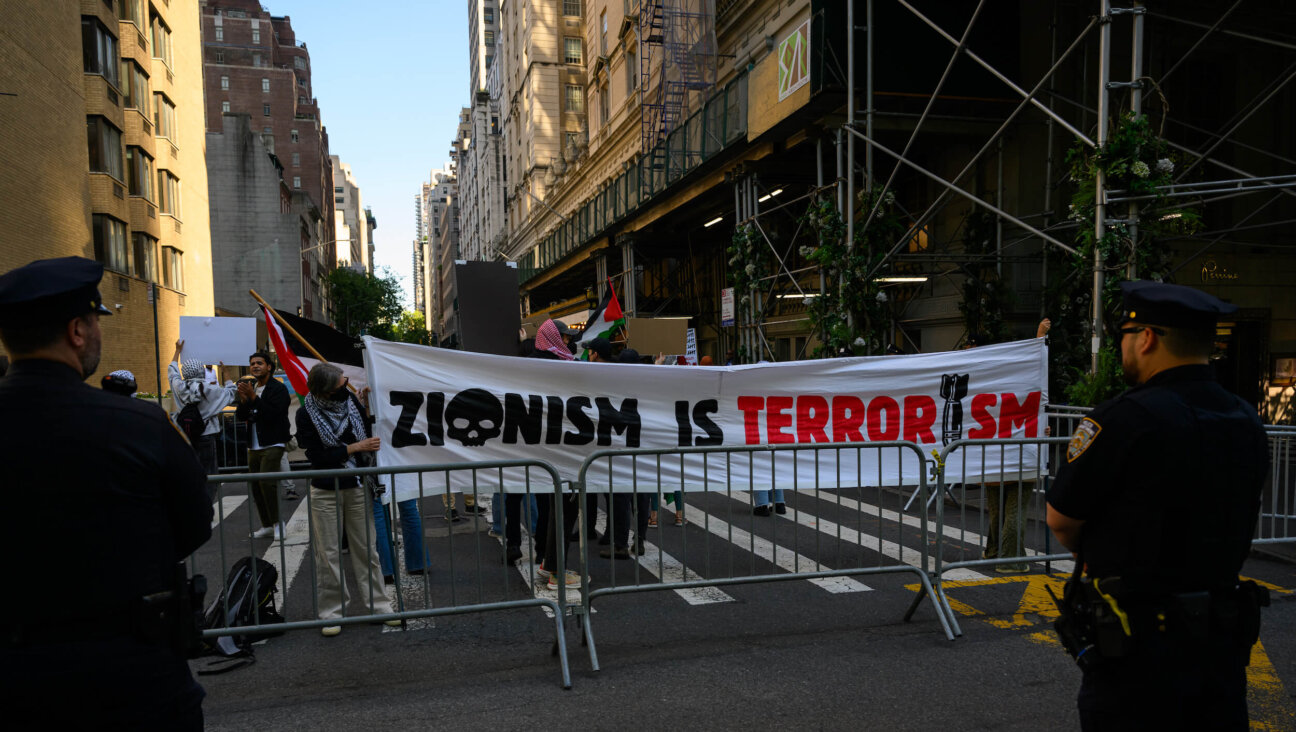
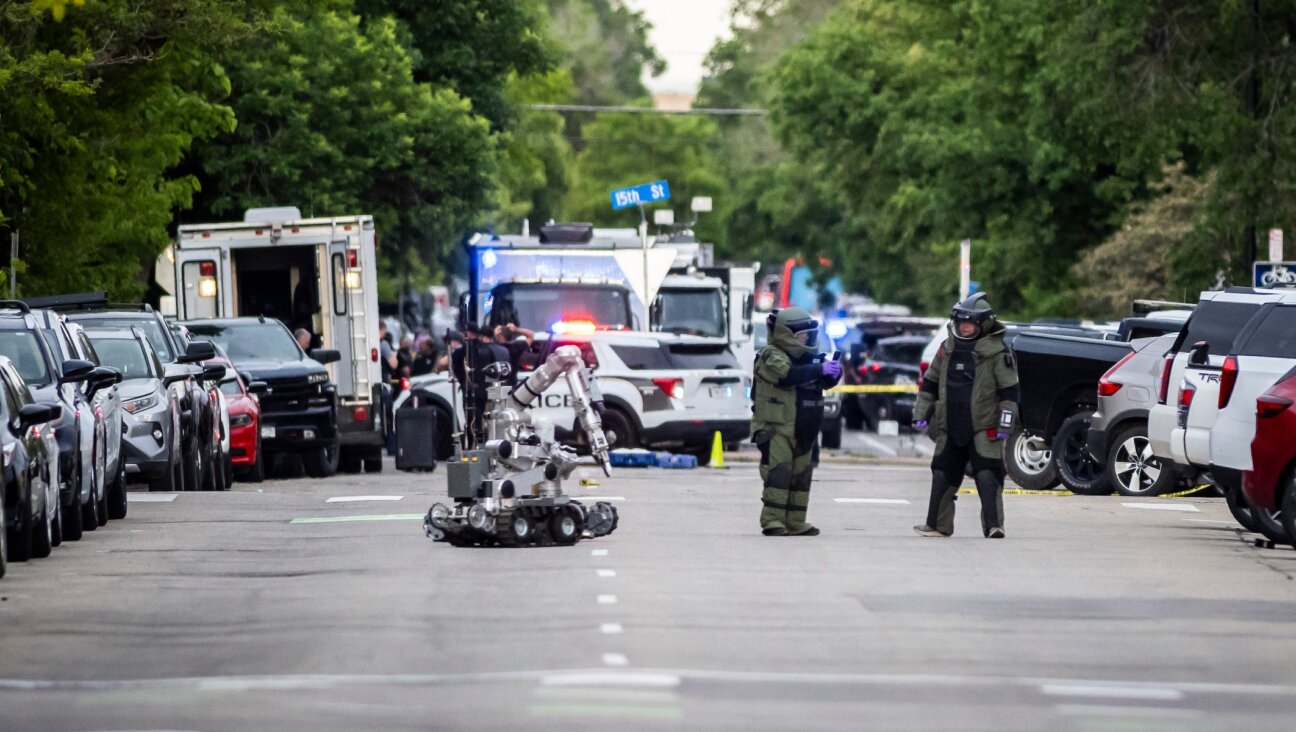
100% of profits support our journalism